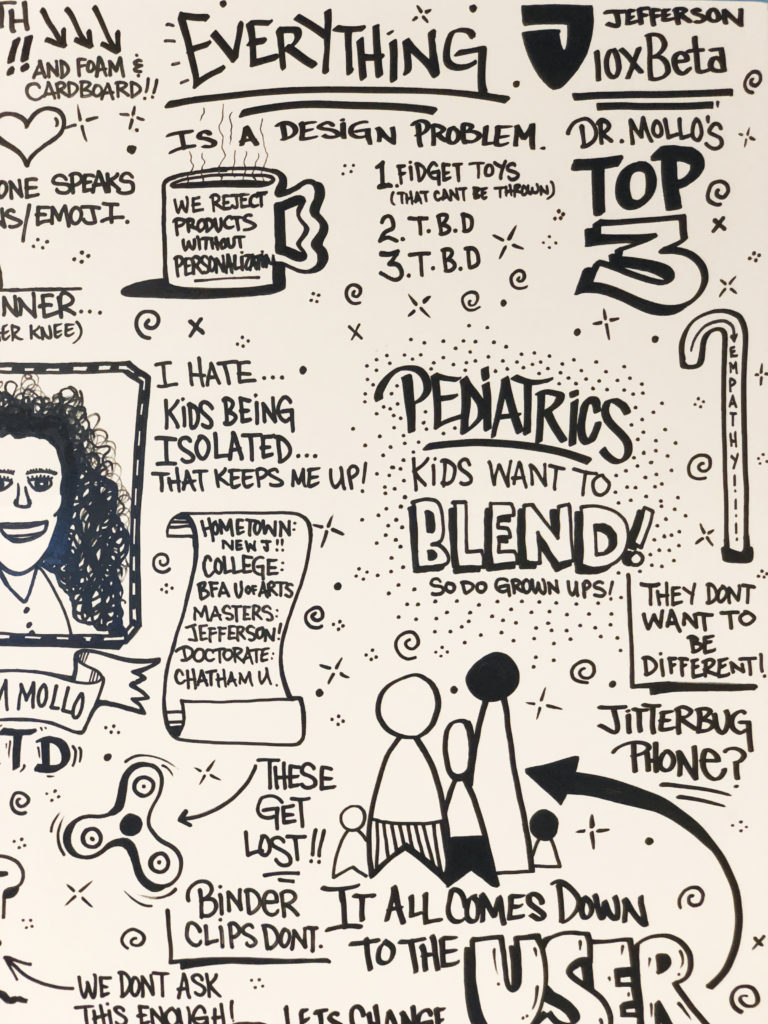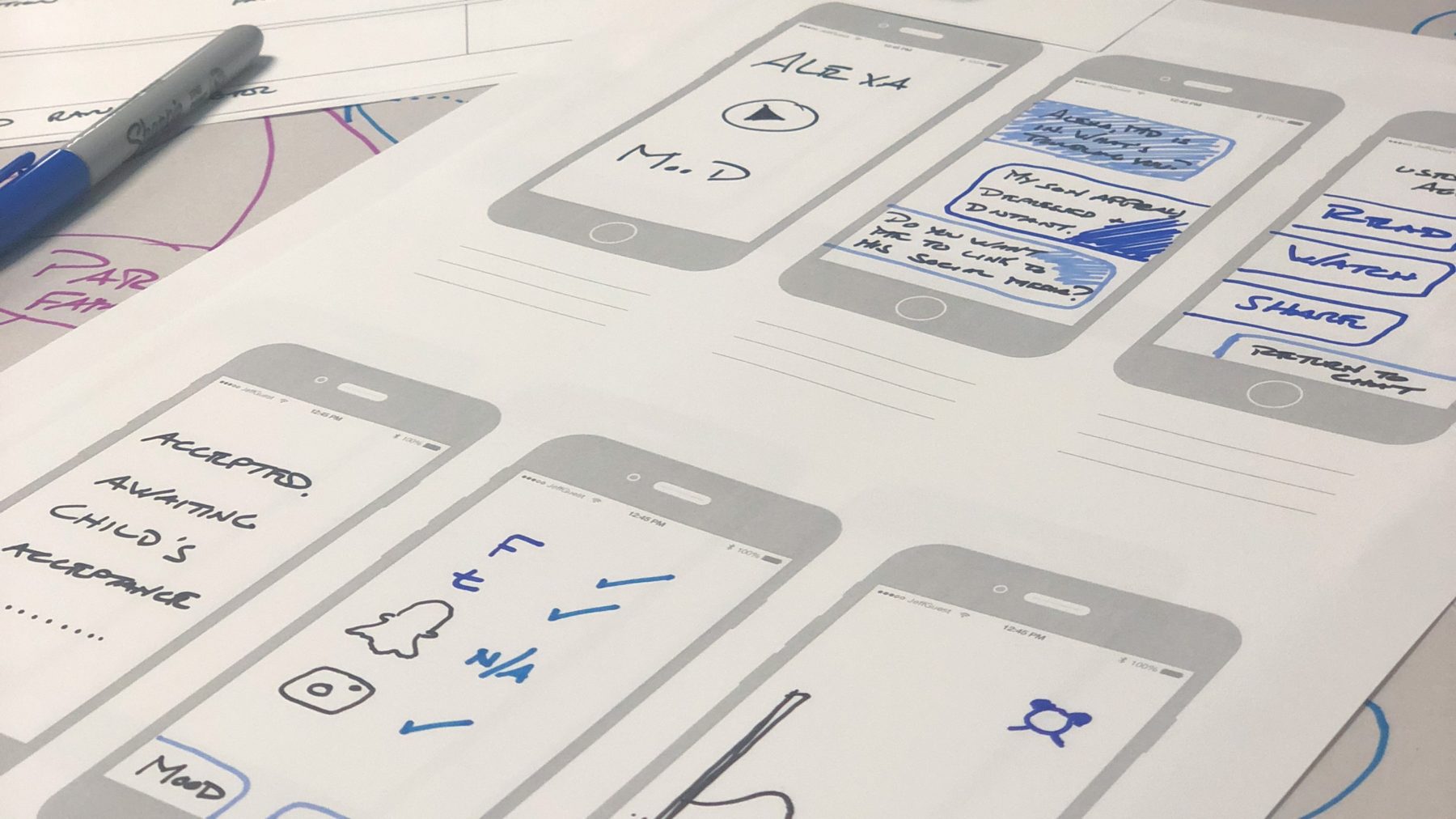Over the last several years I have seen pharma marketing evolve for the age of the digitally savvy, empowered patient. But despite having more screens through which we can communicate, somehow pharma marketing has grown more tone deaf and archaic.
Today, I find the definition of marketing, the business of promoting products, is too limited for my ambition in healthcare. It doesn’t adequately convey the opportunity that exists for drug developers to partner with health systems, technology providers, startups, payers, academic institutions, and patient advocates to solve problems in healthcare. What if we expanded our narrow “marketing strategies” into a practice of “health design,” focused squarely on solving problems in our healthcare system? Because, only by participating in solutions that improve healthcare experiences for consumers, can drugmakers play a meaningful role that complements and enhances delivering innovation, discovery, and patient support.
Why Do We Need Health Design?
The practice of health design is more important today than ever, because our healthcare system is more intricate, complex, and politicized than it’s ever been, and patients have a global stage to air their grievances through social media. Their grievances are just. Mary Meeker’s “2018 Internet Trends” report highlighted the fact that although households are spending more money on healthcare for the first time in 45 years, the value exchange still leaves a lot to be desired.
- Healthcare spending will outpace our nation’s economic growth by 2026, when it will account for nearly one fifth of our economy (U.S. Department of Health and Human Services, 2018).
- American life expectancy at birth declined for the second consecutive year, the first incidence since 1962 and 1963 (Centers for Disease Control and Prevention, 2018).
- In June, the New York Times reported on the proliferation of electronic health records and the corresponding administrative burden that contributes to the unprecedented burn out of healthcare providers.
- Wait times to see the doctor soared 30% in major U.S. cities. On average it takes 24 days to get an appointment (Forbes, 2018).
- 40% of Americans report skipping a recommended medical test or treatment, and 44% say they didn’t go to a doctor when they were sick or injured in the last year because of cost (NORC at the University of Chicago and the West Health Institute, 2018).
Most consumers perceive drugmakers as adding to—not mitigating—these problems. In June, the Reputation Institute reported a 3.7% decline in reputation score for pharma companies, compared to last year, citing a decline in the public’s perception of its transparency, openness, and authenticity. This lack of trust, combined with the Internet’s great power for connecting and empowering patients, has created a seemingly insurmountable barrier for marketers who are tasked with educating consumers about treatment options. In pharma we can continue swimming upstream against the current of distrust, or we can change direction and add value for patients and healthcare providers by designing better experiences for them.
Cynics may question: Where’s the ROI in this? I’d tell you that today, consumers spend money alongside their values. According to Cone Communications’ 2017 CSR report:
- 87% of consumers stated they would purchase a product based on values—because the company advocated for an issue they cared about.
- 52% bought a product/service because that company supported or advocated for an issue they cared about.
- 45% told friends or family about a company’s corporate responsibility efforts.
Today, asserting your corporate values is indistinguishable from selling your products, which makes building better healthcare experiences for doctors and patients a modern marketing imperative. Consider the billions of dollars drugmakers spend on advertising and the opportunity to channel that investment in designing human-centered experiences for patients and providers that has an enduring impact, long after the moment of care.
What is Health Design?
When I first studied health design, I thought to myself, “I’m not an artist or designer by trade, how will a design thinking education enhance my skills as a marketer?” Coe Leta Stafford, Managing Director of IDEO U defines it simply, “Design thinking is a process for creative problem solving.” Design thinking puts people at the center of problem solving, which is what makes it such an effective process. My work often starts by asking the simple question, “how do you feel?” This is the most basic and empathic question we can ask people who are sick and suffering. But in healthcare we are so focused on treating the illness, more so than treating the patient, that we may forget to ask it. Design thinking helps us restore that imperative.
The first step in design thinking is “Empathize.” While this stage is fueled by discovery, it’s an important nuance that we don’t define this as ordinary market research, which may be the traditional first step in planning a pharma marketing strategy. To empathize is to procure emotional data and empathic insights through immersion. Instead of looking over the fence and making assertions about how people feel on a grand scale through social conversation analysis, spend as much time as you can with patients and healthcare providers, preferably in their settings.
In addition to capturing the words they say, observe their surroundings to better understand the context and observe their body language, which may tell you more than they would ever say out loud. Studies have shown that communication is comprised of 55% body language, 38% tone, and 7% verbal (Mehrabian & Wiener, 1967 and Mehrabian & Ferris, 1967). If we’re not in a position to evaluate the non-verbal aspects of our audience’s communication, we may be missing 93% of what people are saying.
The second step of design thinking is “Define.” Many espouse the values of this methodology for “problem solving,” but perhaps it’s even more useful for “problem finding.” In pharma marketing, we always start with the assumption that our problem is “how do we bring our medicines to more people.” Without attention to the problems caused by the condition, or patients’ emotions, or our healthcare system, we’re ignoring the unmet needs that we have the opportunity to solve for. Finding this unmet need enables us to differentiate our brand by attaching it to strong values that engender loyalty from patients and prescribers.
Once you’ve expanded the problem space, you’ve ventured to the next stage, “Ideate,” with a much larger canvas on which to paint. Considerations to enrich your next brainstorm:
- Invite a multidisciplinary team from different backgrounds. This may even include patients or HCPs.
- Use simple “how might we” statements as prompts.
- Use Post-it notes and encourage quantity of ideas, not quality.
- Think and write in headlines.
- Use time constraints to alleviate pressure for complete thinking.
- Tap into different parts of your brain by drawing or acting out ideas.
The next two steps, “Prototype” and “Test” may be the newest and most uncomfortable aspects to acquaint yourself with, but they are critical to ensure you only spend time designing ideas that work. We spend hundreds of millions of dollars on marketing ideas a year that are not first prototyped or effectively tested. Prototyping can involve creating crude models with simple art supplies of the experience you’re designing, or acting out the experience. Then invite stakeholders you’re designing for to be a part of testing so that they can provide feedback on how the experience affects them as patients or healthcare providers. Implementing these steps ensures that you design “with and for them,” instead of “to them,” which is what most marketing in pharma feels like.

How Do You Become a Healthcare Designer?
I had the great fortune of studying health design at Thomas Jefferson University’s Health Design Lab in Philadelphia. The JeffDESIGN team’s mission is to “bring people together to re-imagine healthcare for today and the future.” In June, they hosted a two-day Health Design Bootcamp, where I worked alongside emergency room physicians, nurses, an architect, graphic designers, and other strategists to practice research-led design thinking and design-led research through making. JeffDESIGN has a wealth of resources on its website design-health.com, which you can also follow to keep tabs on future events.
The most convenient option for learning this methodology is IDEO U, an online school and a center for excellence in training for design thinking. They facilitate collaborative learning experiences for individuals and teams.
Planning Your Retirement from Pharma Marketing
As this model of thinking becomes more pervasive in healthcare to help solve the very complex problems in our health system, marketers must define for themselves a role in the process. Or better yet, shed the “marketer” moniker altogether in favor of a humbler title, like health designer, which conveys a passion for people who are being treated with drugs, as opposed to the treatments itself. Making the transition can fulfill your career in new ways—knowing that you not only helped people fill a prescription, but simply, you helped people “feel better” too.










